The LZ 121 was a civilian airship from the Weimar Republic, a Y-Class zeppelin with a total length of 130.8 metres . It received the nickname Nordstern while in German service, before it was given to France as war reparations on 13 June 1921. In France she was renamed the Méditerranée and operated as a civilian air transport for a year. She was transferred to the French Navy and served in the Mediterranean for four years. She was decommissioned and broken up in August 1926.
The LZ 121 was built by Luftschiffbau Zeppelin in Friedrichshafen, Germany after the First World War as a sister ship of LZ 120. It was built to transport passengers on regular flights from Friedrichshafen to Berlin and Stockholm. The ship was completed as a Y-Class zeppelin in January 1920 and had a total length of 130.8 metres It had a diameter of 18.7 metres and a 22,500 m³ gas volume contained in 13 gas cells. The ship could reach a top speed of 130 km/h, with four Maybach Mb IVa, 245 hp 6-cylinder inline engines driving three propellers. The ship had accommodations for 16 crew members and 20 passengers in the four gondolas.
Nordstern was designed to carry about 25 passengers on a Friedrichshafen - Berlin - Stockholm route but this route was never opened. The older sister ship LZ 120 Bodensee did run a regular passenger service between Friedrichshafen and Berlin in late 1919.
The LZ 120 and LZ 121 were not allowed to enter service as the Allies had forbidden Germany to make any more Zeppelins at the end of 1919. The German government had hoped that it was only a temporary measure, so the Spa Conference of 1920 was held to address the issue in July 1920 at Spa, Belgium. The Commission Chairman General E. A. Masterman decided on 9 August 1920 that the two airships be given to France and Italy as war reparations. The two ships were confiscated under protest by the German government. LZ 121 was awarded to France, which in May 1921 constructed an airship hangar for the zeppelin in Saint-Cyr-l'École at Versailles.
LZ 121 set out for its maiden voyage to France on 13 June 1921 at 11:30 am. About 10,000 people went to Friedrichshafen to get a last glimpse of the airship before it departed German airspace. It reached Saint-Cyr-l'École on the evening of the same day.
LZ 121 was put under the command of the French airline Société Anonyme de Navigation Aérienne (Sana), where it was renamed Méditerranée and operated as a Zeppelin air transport between southern France and Algeria.
In April 1922 the Méditerranée was handed over to the French Navy and based at Cuers-Pierrefou, Toulon. The airship was used for training. New gas cells were installed, with the work finished in early 1923.
In 1923, the Méditerranée participated in French naval maneuvers in the Mediterranean. From December 1923 the airship was limited to short-range flights, before being decommissioned and disassembled in August 1926. In September 1926 the framework of LZ 121 was tested under increasing loads until destruction.
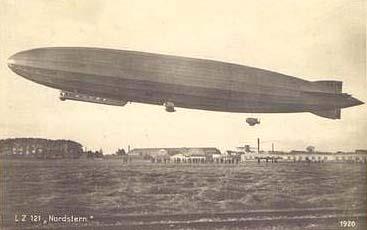
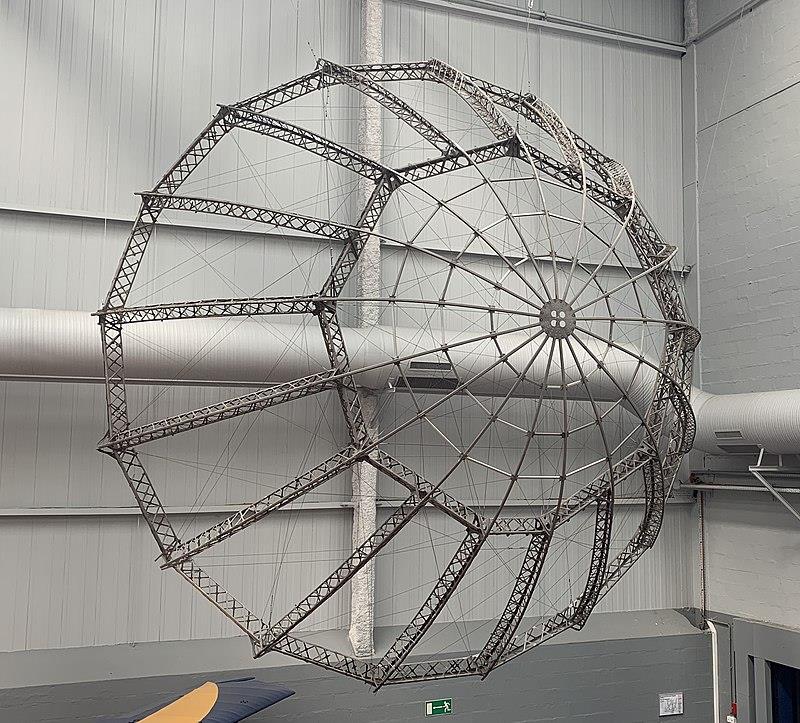

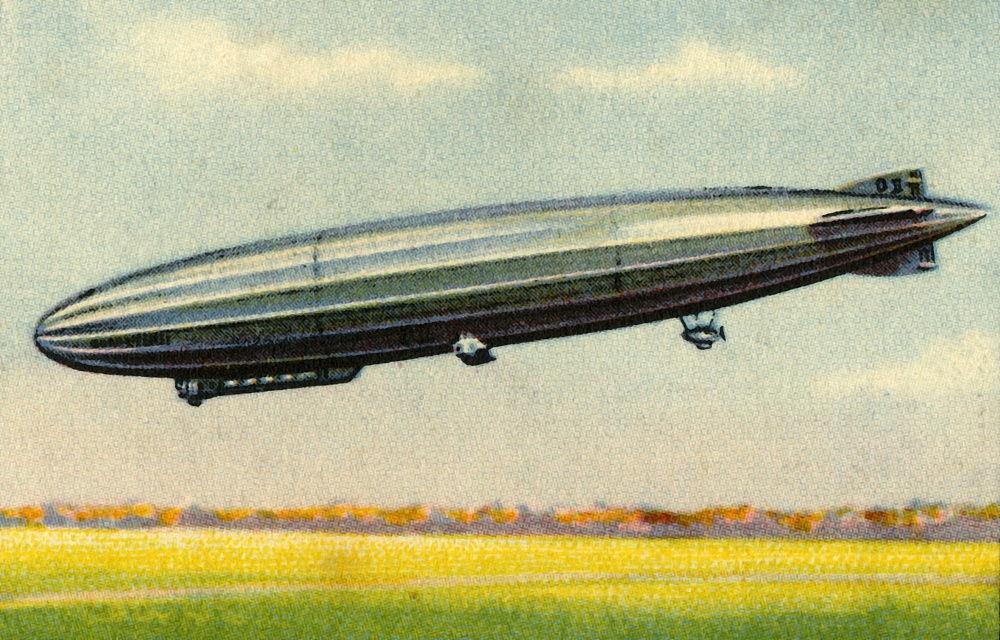
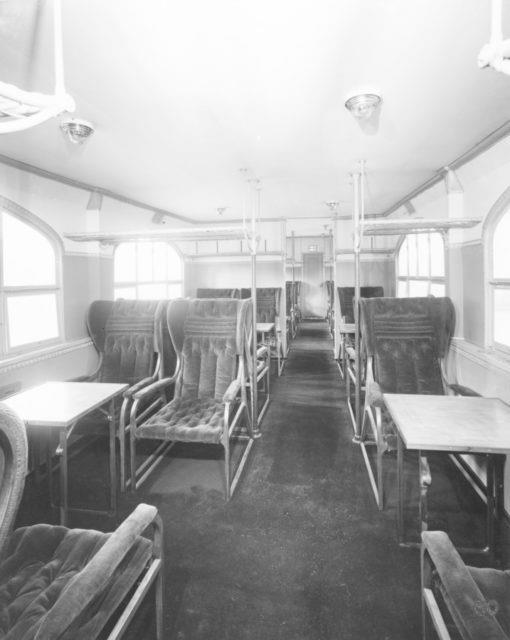
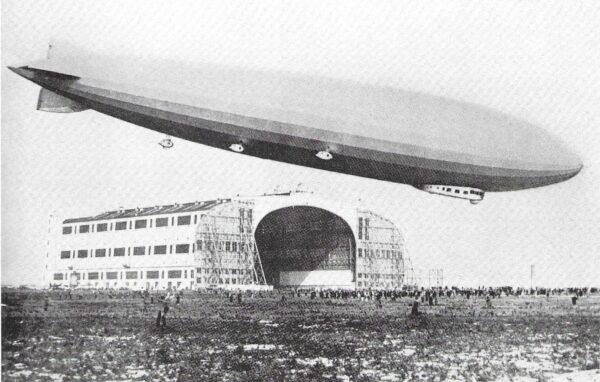
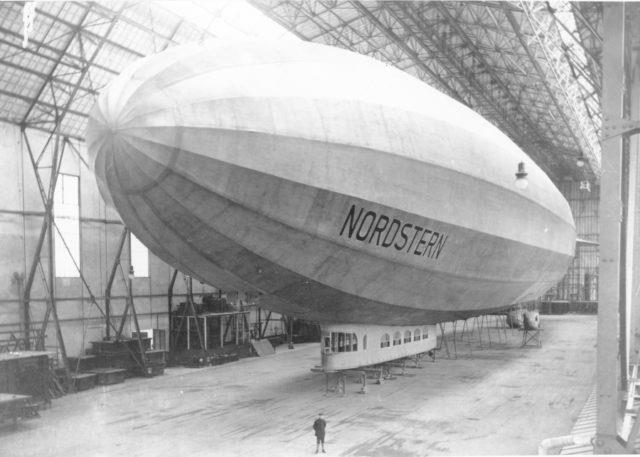
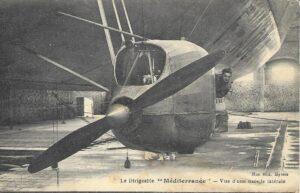
| Type |
Crew 16 plus 20 passengers |
| Engine |
4 Maybach Mb IVa |
| Dimensions |
Length 130,8 m, diameter 18,7 m, volume 22500 m3 |
| Weights |
Empty , loaded , max. take off weight |
| Performance |
Max.. speed 130 km/h , cruising speed , range , endurance , service ceiling , climb |
| Type |
Werk.Nr |
Registration |
History |
|
|
|
LZ-121 was built to provide the first international passenger zeppelin service, with plans for scheduled flights between Friedrichshafen, Berlin, and Stockholm. LZ-121 was completed in 1920 and christened Nordstern, but the ship was taken from DELAG by the Military Inter-Allied Commission and delivered to France on June 13, 1921, and renamed Méditerranée. |







